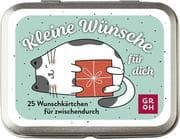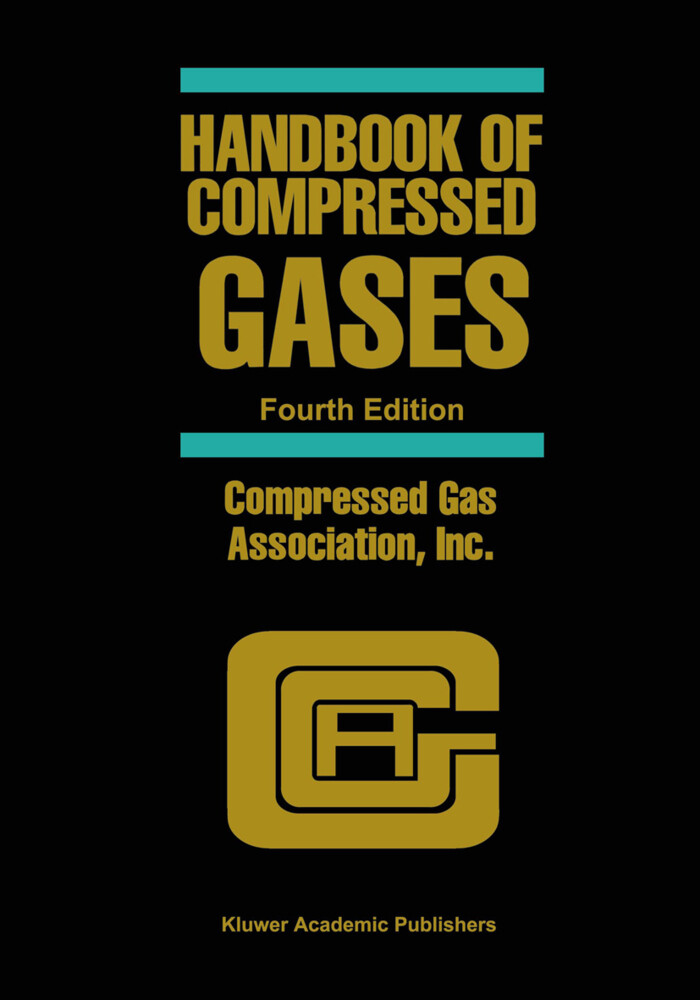In the field of compressed gases and related equipment, there is an expanding core of essential knowledge that people handling and using these materials should be familiar with or should know where to find. The focus ofthis book concerns the properties and the accepted means oftransportation, storage, and handlingofcompressed gases. This handbook is simultaneously intended as an overview ofthe subject and a source ofsupplementary information. It is also intended to serve as a guide to perti nent federal regulatory requirements and published standards of the Compressed Gas Association and other standards-developing organizations. The Association advises readers that the CGA technical publications remain the official statement ofpolicy on a particular matter. Reference is made throughout this text to the numerous technical publications published by the Compressed Gas Association. Some ofthese publications have been incorporated by reference into federal, state, provincial, and local regulations. Since the CGA publications are reviewed on a periodic basis, whenever the textofthis handbook conflicts with corresponding information in the CGA technical pamphlets, the most recently printed material shall take precedence.
Inhaltsverzeichnis
1. Compressed Gases Today. - 2. Safety Considerations for Compressed Gases and Cryogenic Liquids. - 3. Regulations Pertaining To Compressed Gases. - 4. General Properties of Gases. - 5. Compressed Gas Cylinders, Regulators, and Valves. - 6. Bulk Containers for Compressed Gases. - 7. Handling Bulk Shipments of Liquefied Compressed Gases. - 8. Pressure Relief Devices. - 9. Cylinder Valve, Cylinder Ancillary Equipment, and Bulk Transfer Connections. - 10. Compressed Gas Cylinders: Markings, Labeling, Visual Inspection, Periodic Qualification, Filling, and Disposition. - 11. Cleaning Components, Equipment, and Systems for Oxygen Service. - Acetylene. - Air. - Ammonia. - Argon. - Arsine. - Boron Trichloride. - Boron Trifluoride. - 1, 3-butadiene (butadiene). - Carbon Dioxide. - Carbon Monoxide. - Chlorine. - Diborane. - Dichlorosilane. - Etiiane. - Eti Iylene. - Ethylene Oxide. - Fluorine. - Fluorocarbons. - Helium. - Hydrogen. - Hydrogen Bromide. - Hydrogen Chloride. - Hydrogen Fluoride. - Hydrogen Sulfide. - Liquefied Petroleum Gases. - Methane. - Mapp®Gas. - Methylamines. - Methyl Bromide. - Methyl Chloride. - Nitric Oxide. - Nitrogen. - Nitrogen Dioxide. - Nitrogen Trifluoride. - Nitrous Oxide. - Oxygen. - Ozone. - Phosgene. - Phosphine. - Rare Gases: Krypton, Neon, Xenon. - Silane. - Sulfur Dioxide. - Sulfur Hexafluoride. - Vinyl Chloride. - Gas Mixtures. - Appendix 1: Glossary of Technical Terms. - Appendix 2: Technical Symbols and Abbreviations. - Appendix 3: Acronyms. - Appendix 4: Conversion Factors. - Appendix 5: State Regulatory Agencies and Codes. - Appendix 6: Publications of The Compressed Gas Association.














